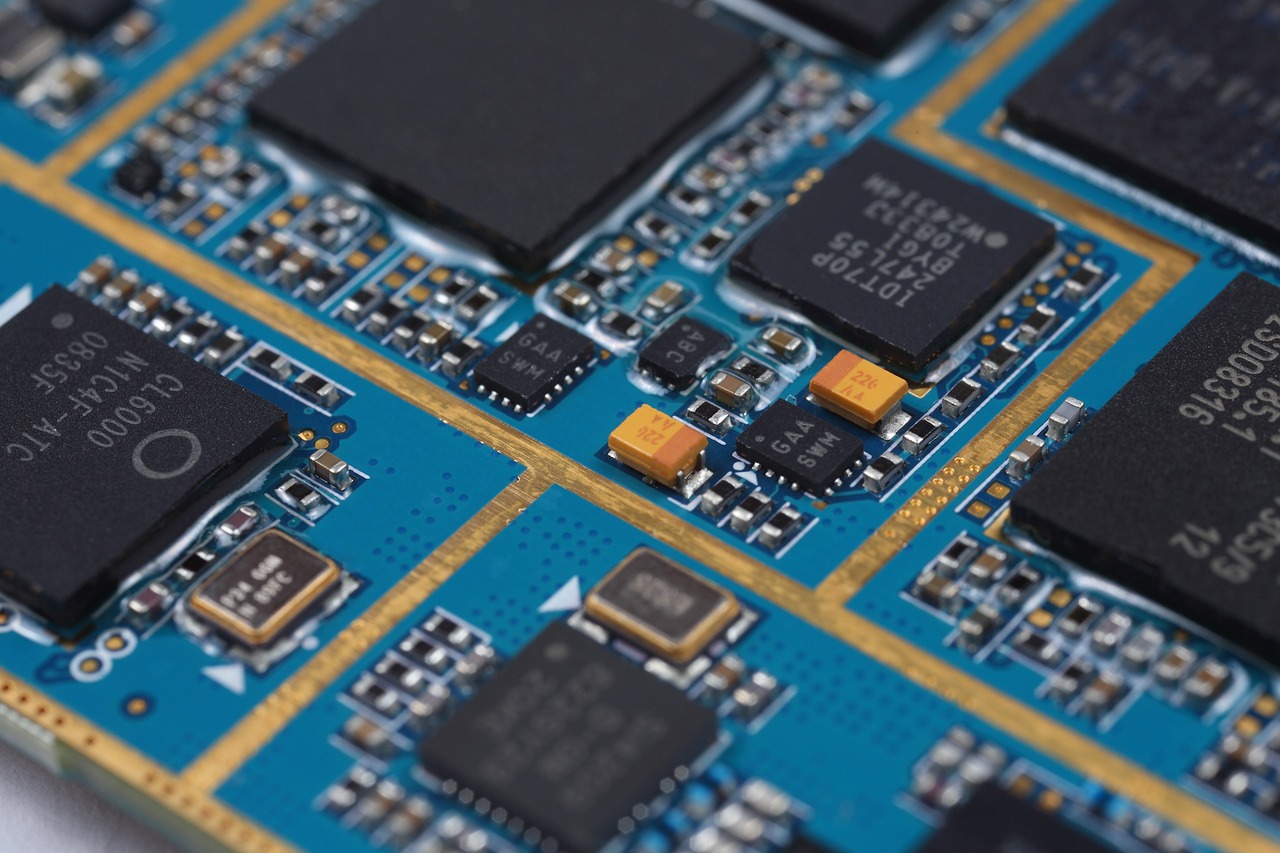Microelectronics is a cornerstone of modern technology, revolutionizing how we live, work, and communicate. By focusing on the design and application of incredibly small electronic components and systems, microelectronics has enabled the creation of a vast array of devices that are integral to our daily lives. This article explores the key concepts, importance, applications, and future directions of microelectronics.
Understanding Microelectronics
At its core, microelectronics deals with the manipulation and creation of electronic circuits on a microscopic scale. These circuits include fundamental components such as transistors, capacitors, and resistors, often fabricated on semiconductor materials like silicon. The field is characterized by the miniaturization of these components, allowing for the development of compact, efficient, and powerful electronic systems.
Semiconductors: The Building Blocks
The backbone of microelectronics is the semiconductor material. Semiconductors, such as silicon, have unique electrical properties that lie between conductors and insulators. This property makes them ideal for controlling electrical currents, which is essential for creating electronic devices that can amplify signals, switch currents, and store information. The ability to manipulate the electrical properties of semiconductors underpins the entire microelectronics industry.
Integrated Circuits: The Heart of Modern Devices
One of the most significant advancements in microelectronics is the development of integrated circuits (ICs). ICs are complex assemblies of thousands to billions of transistors and other components integrated into a single piece of semiconductor material. These miniature circuits are found in nearly all electronic devices today, from smartphones and computers to medical equipment and automotive systems. The miniaturization and integration of these components enable devices to perform complex functions while remaining small and energy-efficient.
The Drive for Miniaturization
A central goal in microelectronics is miniaturization—the process of making electronic components smaller, faster, and more efficient. This trend is guided by Moore’s Law, which observes that the number of transistors on a microchip doubles approximately every two years. This exponential increase in transistor density has led to significant improvements in computing power, energy efficiency, and device capabilities. The relentless push for miniaturization has not only transformed consumer electronics but also impacted fields such as telecommunications, healthcare, and aerospace.
The Applications of Microelectronics
Microelectronics has a broad range of applications across various industries. In consumer electronics, it enables the development of compact, high-performance devices such as smartphones, laptops, and wearable technology. In telecommunications, microelectronics powers the infrastructure that enables high-speed data transmission and communication.
In healthcare, microelectronics plays a vital role in the development of medical devices, including diagnostic equipment, imaging systems, and wearable health monitors. The automotive industry relies on microelectronics for critical systems such as engine control units, sensors, and advanced driver-assistance systems. In aerospace, microelectronics is essential for navigation systems, communication equipment, and other sophisticated electronic systems.
The Importance of Microelectronics
The impact of microelectronics on modern society cannot be overstated. It has been a driving force behind the digital revolution, enabling advancements in computing, communication, and information processing. The field’s innovations have transformed industries, improved quality of life, and opened up new possibilities for technology.
Microelectronics has made possible the development of the Internet of Things (IoT), connecting everyday objects to the internet and enabling smart environments. It is also at the forefront of advancements in artificial intelligence (AI) and machine learning, providing the necessary hardware for powerful computing systems. As technology continues to evolve, microelectronics will remain a critical area of innovation, driving the development of new technologies and applications.
Challenges and Future Directions
Despite its successes, the field of microelectronics faces several challenges. As components continue to shrink, they approach physical limits where traditional materials and manufacturing techniques become less effective. Issues such as heat dissipation, energy efficiency, and quantum effects present significant obstacles to further miniaturization.
To address these challenges, researchers and engineers are exploring new materials like graphene and carbon nanotubes, which offer superior electrical properties compared to traditional silicon. Advanced fabrication techniques, such as extreme ultraviolet lithography (EUV) and nanotechnology, are also being developed to create even smaller and more efficient components.
The future of microelectronics promises continued innovation and breakthroughs. With ongoing research and development, we can expect to see even smaller, more powerful, and energy-efficient devices that will further transform our world. As the field evolves, it will continue to push the boundaries of what is possible, shaping the future of technology and society.
Conclusion
Microelectronics is a dynamic and essential field that underlies much of the technology we use today. Its focus on the miniaturization and integration of electronic components has enabled the development of a wide range of devices and systems that are crucial to modern life. As technology advances, the role of microelectronics will only grow, driving innovation across industries and paving the way for new technological frontiers.















